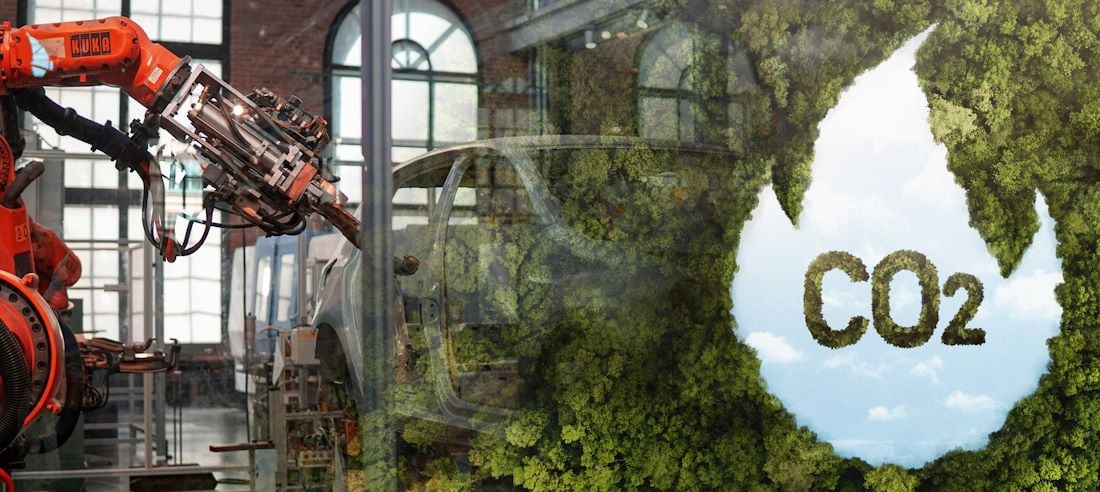We live above our limits, the planet does not provide sufficient resources for our consumerist lifestyle, and things get worse. The rich exploit the poor, ecosystems are destroyed, and nothing happens to stop this. We’ve heard it before, and we will hear it again: our lifestyle is far from being sustainable, we consume more than the planet has to offer. The biennial Living Planet Report, published by WWF, Zoological Society of London, Global Footprint Network and European Space Agency once more tells a truth that we have become more and more familiar with. But is there nothing we can do about it? Is a fatal downturn the only thing the report reveals? No. It’s not. Read in this article about the solutions on offer, understand what WWF and Co. propose that will finally change the direction of development toward green.
To start with, I’d like to share some surprising facts I discovered reading the 164 page report. Basically, WWF’s footprint method sums six different sectoral footprints. It doesn’t make a difference in which way land or ocean area is “consumed”, be it through fishing (required ocean area for biomass production), built-up land (actual built-up land plus hydro-power reservoirs), forest use (for timber production), cropland (both for human and livestock food), pastures for cattle, or carbon footprint (required forest area for carbon sequestration). All of them add up to the total ecological footprint, neglecting the fact that grassland, too, can be a powerful land type for carbon storage as long as no forest was destroyed to create it.
Let’s take Mongolia as an example. Despite its low per person carbon footprint (1.1 ha), the country scores a surprisingly high 15th rank, only one place behind the oil-rich desert state Oman. Why? Because of its massive use of grassland, 4 ha per person, which dominates its overall eco footprint of 5.8 ha. Same goes for Uruguay, scoring 20th even though its carbon footprint is only 0.7 ha. Whereas Uruguay’s climate conditions make a forest possible, instead of pastureland, such a transition is hard to imagine for Mongolia, a country naturally dominated by dry steppe vegetation.
Another surprising high score achiever is Denmark. Although the presumptive eco leader has the lowest carbon footprint of the top 14 nations (2.5 ha), it scores fourth, just behind Qatar, Kuwait and UAE, when it comes to its overall eco footprint. Denmark’s eco footprint is worse than the US’s (fifth place, 7.2 ha)! How come? Well, within Denmark’s 8.3 ha eco footprint, two sector footprints are clearly above average: 2.8 ha for cropland, and 0.8 for fishing.
See pages 140-145 for a detailed table including all footprint data.
The following image is a slight modification of what you can find on page 43 of the report, highlighting the three above-mentioned countries.
However, generally speaking, the ecological footprint is a very convenient method. Especially when comparing different countries’ lifestyles, the sheer amount of Western over-consumption becomes apparent. The report resumes (page 43):
If all of humanity lived like an average Indonesian, for example, only two-thirds of the planet’s biocapacity would be used; if everyone lived like an average Argentinean, humanity would demand more than half an additional planet; and if everyone lived like an average resident of the USA, a total of four Earths would be required to regenerate humanity’s annual demand on nature.
Five Elements for a Solution
Being one of the largest nature conservation organizations worldwide, it goes without saying that WWF proposes both an increase of protected areas and the funding of them to prevent further loss of biodiversity. One fifth of the earth, it says, both on land and offshore, should be protected. What’s more, as the second of the five elements for a “one-planet perspective”, WWF calls for more efficient production (see page 112):
Efficient production systems would help lower humanity’s Ecological Footprint to within ecological limits by significantly reducing human demand for water, land, energy and other natural resources. This is especially urgent in light of the growing human population and the need to meet the needs of the world’s poor. Such systems must manage food, fibre, energy and water in an integrated manner, and ensure that sustainability is no longer a choice, but embedded into every commodity, product and process.
Maximizing water, energy and material efficiency while minimizing greenhouse gas emissions – these are not only essential knowtheflow topics, but also substantive core WWF goals. What’s more, shifting to 100% renewable energy by 2050 and introducing “ambitious energy demand management” requirements for industry are the things we need when addressing our future.
The third element focuses on responsible consumption patterns (“consume more wisely”, page 114), a “low-footprint lifestyle” and a transition to smart cities. Solution number four, the redirection of financial flows (p. 118), proposes: fully valuing natural capital and integrating it into economic calculation; internalizing social and environmental external costs; cutting harmful subsidies; and fostering green innovations through new financial mechanisms. The last out of the five “one-planet perspective” elements, “equitable resource governance” (p.120), calls for an updated policy making process. Public participation as well as social and environmental indices should be the baselines for sustainable policy. Moreover, WWF said, the latter can be achieved through integrating population dynamics and consumption trends into the political planning process.
As you see, we’re not doomed. There is lots of room for improvement. If you seek more information, be sure to check out knowtheflow’s Carbon Footprinting section or our articles on Efficiency and Productivity. And, of course, don’t miss the sustainability coverage. As Nelson Mandela put it: “It always seems impossible until it’s done“. Let’s start doing!
Article image modified by Moritz Buehner, showing one and a half NASA earths. This is the quantity needed to provide what humanity consumed in 2012, says the Living Planet report.






